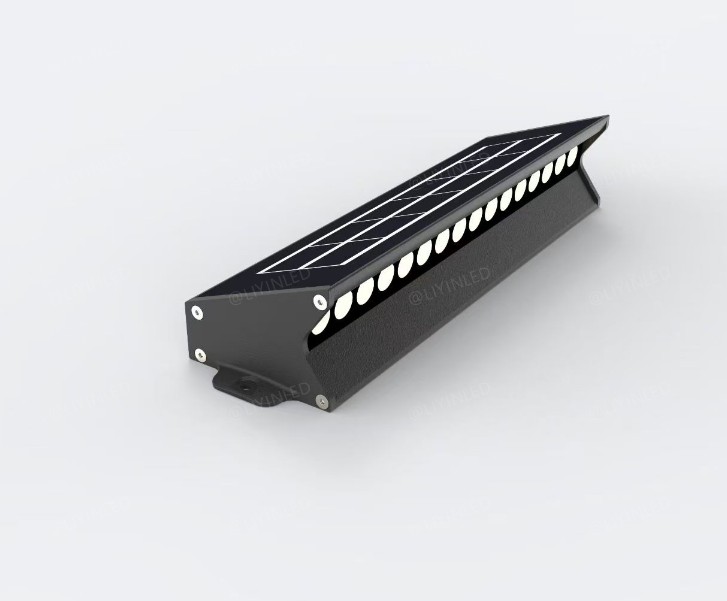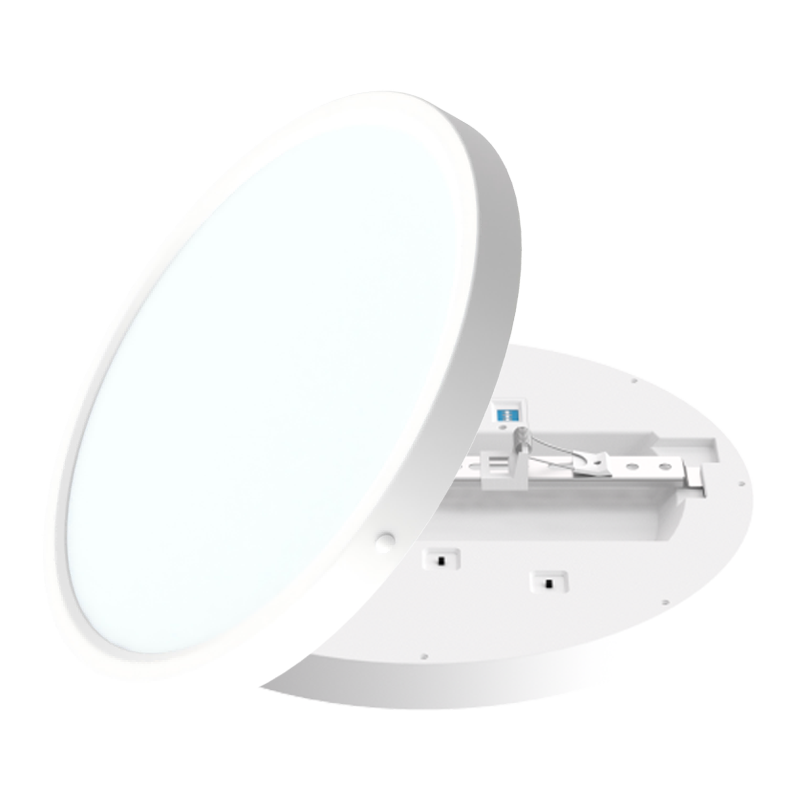Core Definition:
The Color Rendering Index (CRI), denoted as Ra, quantitatively measures how accurately a light source (e.g., LED lamps) reveals the true colors of objects compared to a standardized reference source (e.g., daylight or incandescent light).
Testing Methodology:
A set of standard color samples (typically 8 Munsell test colors, R1–R8; extended versions include R9–R15) is used.
Colors are observed under both the test light source and a reference source at the same correlated color temperature (CCT).
Color deviation (ΔE) between the two sources is calculated for each sample.
The average deviation of R1–R8 yields the Ra value (general CRI), ranging from 0 to 100.
Interpretation of Ra Values:
Ra = 100: Perfect color fidelity (matching the reference source).
Ra > 90: Excellent color reproduction, ideal for critical applications.
Ra 80–90: Good for most settings requiring color accuracy.
Ra 70–80: Moderate; suitable for general lighting but inadequate for color-sensitive tasks.
Ra < 70: Poor color fidelity; objects appear distorted. Avoid in spaces needing true-color judgment.
Key Insight: While Ra (R1–R8 average) is standard, it has limitations—especially in evaluating saturated reds (R9).
Why Does CRI Matter?
CRI determines light’s “fidelity” and “naturalness,” crucial across scenarios:
Retail & Visual Display
Apparel, jewelry, art galleries, and fresh-food displays require high CRI (>90) to showcase true hues (e.g., vibrant fabrics, accurate gem tones, fresh produce). Low CRI makes reds dull or grays lifeless.
Critical Visual Tasks
Clinics, labs, studios (photography/design), and manufacturing rely on Ra >90 to detect nuances (e.g., skin conditions, material defects, print color consistency).
Home Lighting
Kitchens (food prep), bathrooms (makeup/mirrors), and reading areas benefit from Ra >80–90 to reveal true textures, skin tones, and illustrations.
Safety & Recognition
Traffic signs or industrial color-coding demand high CRI to prevent errors (e.g., misidentifying warning labels or wires).
Human Perception
High CRI feels natural and comfortable; low CRI causes visual strain or eerie ambiance.
R9’s Critical Role:
Red saturation (R9) heavily impacts color realism. Quality LEDs prioritize Ra >90 + R9 >50 (ideally >90) to authentically render red objects (strawberries, lipstick, wood finishes).
CRI Standards & Industry Criteria
CIE 13.3 (1995): The global benchmark for calculating Ra.
Regional Standards:
Energy Star/DLC Premium: CRI ≥ 80+; retail spotlights: **≥90**.
Precision work/labs: Ra ≥ 90
Offices/classrooms: Ra ≥ 80
Storage/corridors: Lower requirements.
EU (EN 12464-1):
North America:
Beyond Ra: Modern Metrics:
TM-30-15 (Rf/Rg): Uses 99 color samples for fidelity (Rf) and saturation (Rg).
CQS: Emphasizes saturation but not widely adopted.
High CRI ≠ Eye Protection? Clarifying Myths
While CRI does not directly prevent eye damage, it enhances visual comfort:
Reduces Eye Strain: True-to-life colors minimize the brain’s “color correction” effort.
Improves Clarity: Better contrast and detail recognition lower visual stress.
Natural Feel: Mimicking daylight soothes circadian rhythms.
For True Eye Care, Prioritize:
Blue Light Safety: Certified RG0/RG1 (low blue light risk).
Flicker-Free: ≤5% flicker ratio.
Glare Control: Diffused optics, indirect lighting.
Optimal CCT: Warm whites (2700K–4000K) for comfort.



